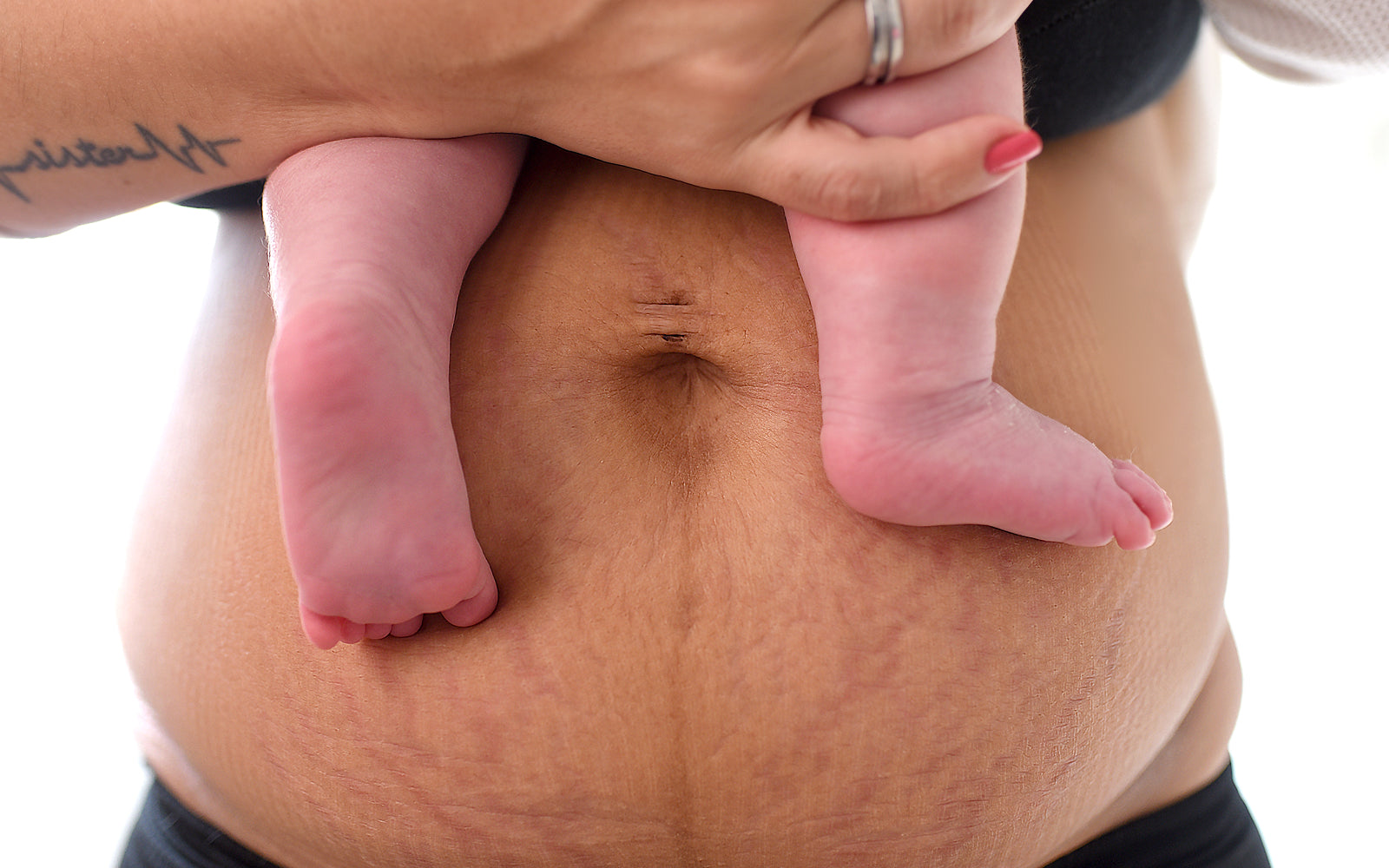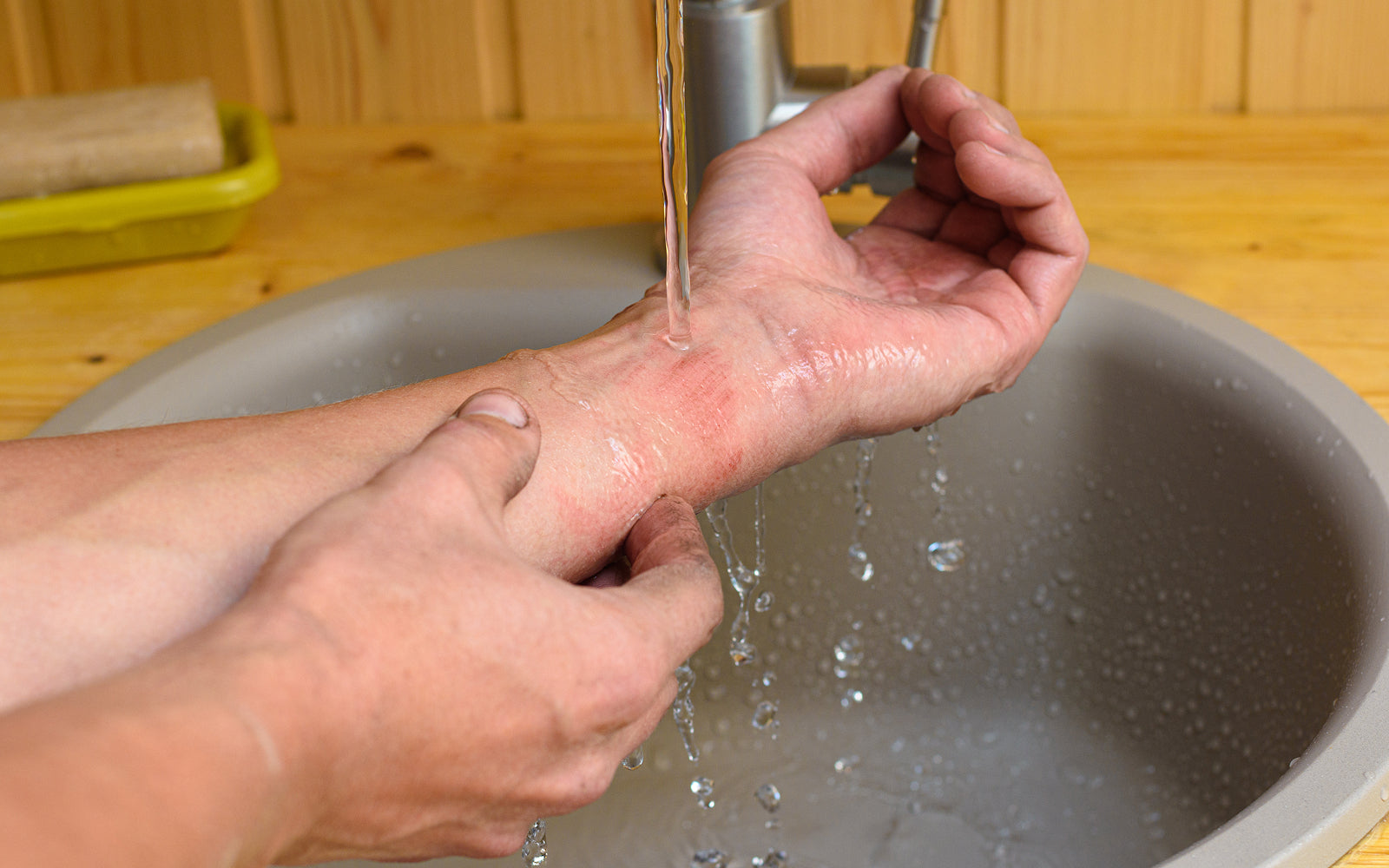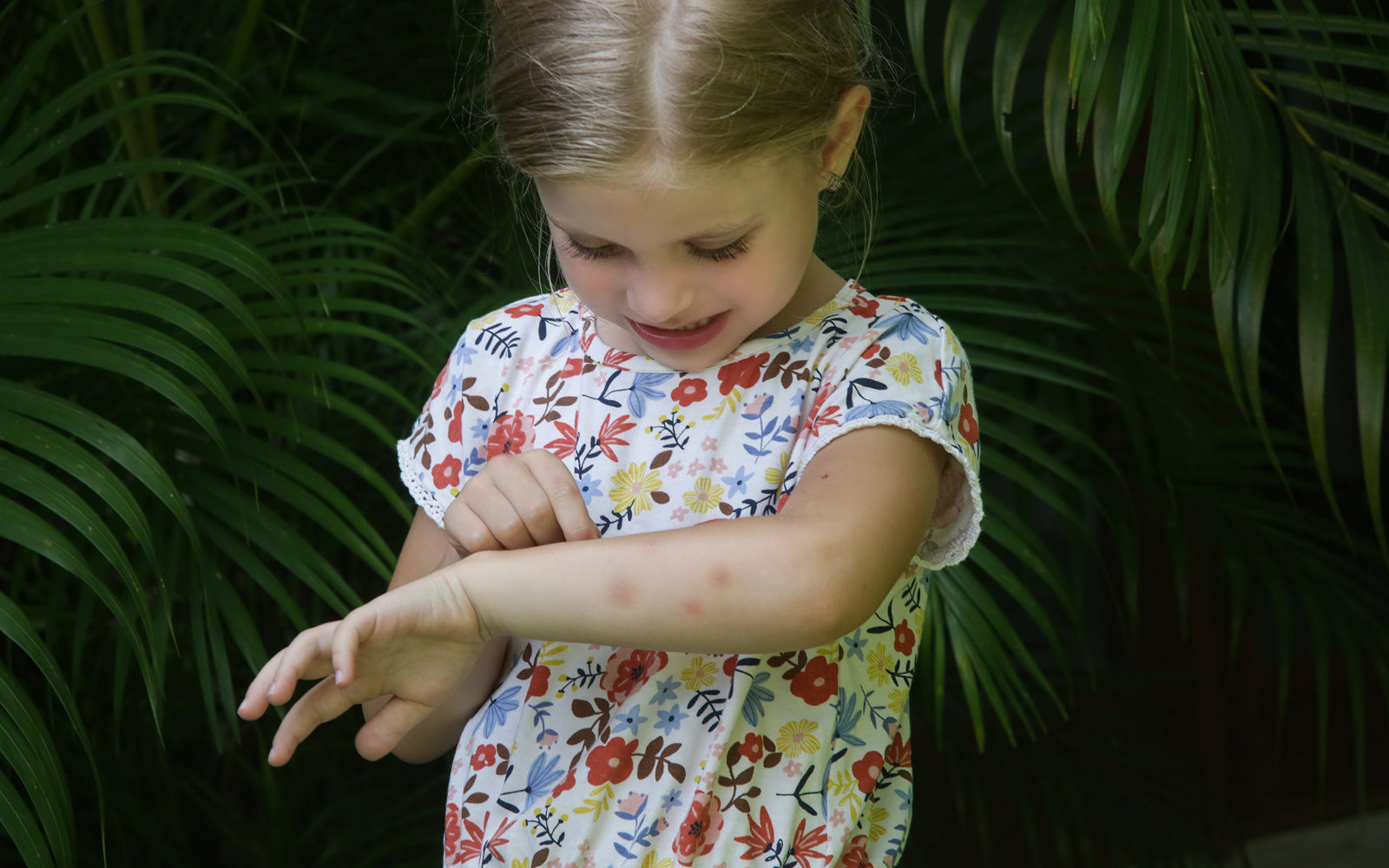
How to Treat Minor Scrapes at Home
Most scrapes can successfully be treated at home. How can you tell if it should be treated at home?
- If it is a small scrape
- If it is easily cleaned out
- The bleeding stops by itself
- It is a easily cleaned minor wound and you have had 3 or more doses of the tetanus vaccine, with the last vaccine within the last 5 years.1,2,3
How a scrape heals depends on the depth, size, and location of the scrape. Following some simple steps and using Dermoplast® can help the body heal. So whether it’s pain relief, or pain relief and preventing infection, Dermoplast products are prepared to comfort for however minor scrapes happen – from sports and bike riding, to any outdoor activities. Make sure to see a doctor if you see signs of infection, such as redness, worsening pain, drainage or swelling.
How to Treat a Scrape:
Stop the bleeding
- Always wash your hands before treating a wound
- If the scrape doesn’t stop bleeding on its own, apply gentle pressure with a clean bandage or cloth
- Consider raising the injured area, if possible, to help slow the flow of blood3
Clean the Wound
It’s important to thoroughly clean the wound as soon as possible, to reduce the chance of infection and scarring.1
To prevent infection, clean out any dirt and debris in your wound to prevent infection. To do this1:
- Use tweezers cleaned with rubbing alcohol to gently remove any dirt, splinters, glass, gravel or other debris from the scrape4
- Flush the scrape out with lots of cool, clean water3
- If the wound is deep or dirty after rinsing it out, talk to a doctor about treatment1
- Don't use hydrogen peroxide or iodine, because it could irritate skin that's already damaged.3
- Gently pat dry with a clean gauze pad4
Help the Skin Heal
Once the wound is clean, there are few more things to consider aiding the healing process. Applying petroleum jelly or an antibacterial ointment can keep a scrape moist and help with wound healing.3
Using Dermoplast provides pain relief, ingredients to keep the skin moisturized, and an antiseptic agent that helps prevent infection. The no-touch application also helps to lessen the pain when treating the wound.
If a rash appears, it could be a sign of an allergic reaction. Stop using the ointment or Dermoplast and consult a doctor. Always use as directed.
Covering the Scrape
Covering with a bandage promotes healing by keeping the wound clean and helping prevent re-injury.3
- Replace the bandage daily, or when it gets wet or dirty
- Before putting on a new bandage, inspect the scraped area for signs of infection3
Symptoms to Watch for When Treating at Home:
Be aware, a scrape may continue to ooze small amounts of blood. Be sure to keep an eye on the scrape during the healing process and check check with a doctor if any of the following signs of infection occur: redness, worsening, pain, drainage or swelling.3,4
Stop use of Dermoplast if:
- Condition worsens or symptoms persist for more than 7 days
- Symptoms clear up and occur again within a few days
- Itching, rash, or irritation develops
References:
- Kaji AH. Wounds. Merck Manual Consumer Version Website. https://www.merckmanuals.com/home/injuries-and-poisoning/first-aid/wounds/. Accessed March 2019.
- Wound management and tetanus prophylaxis. https://www.cdc.gov/tetanus/clinicians.html. Accessed March 2019.
- Cuts and scrapes: first aid. Mayo Clinic Web site. https://www.mayoclinic.org/first-aid/first-aid-cuts/basics/art-20056711. Accessed March 2019.
- Schlesselman LS. Scrapes, cuts and bruises. Pharmacy Times. July 1, 2003. https://www.pharmacytimes.com/publications/issue/2003/2003-07/2003-07-7311. Accessed March 2019.


